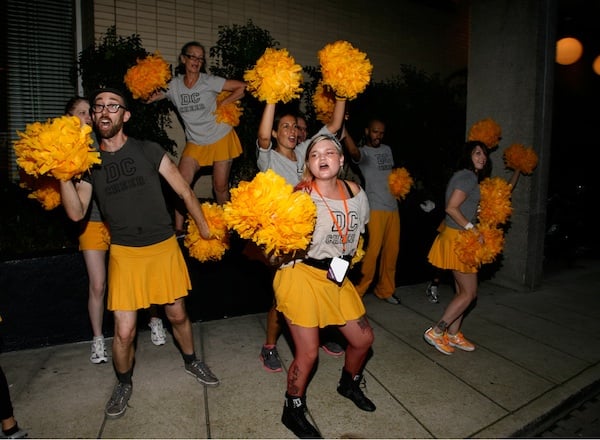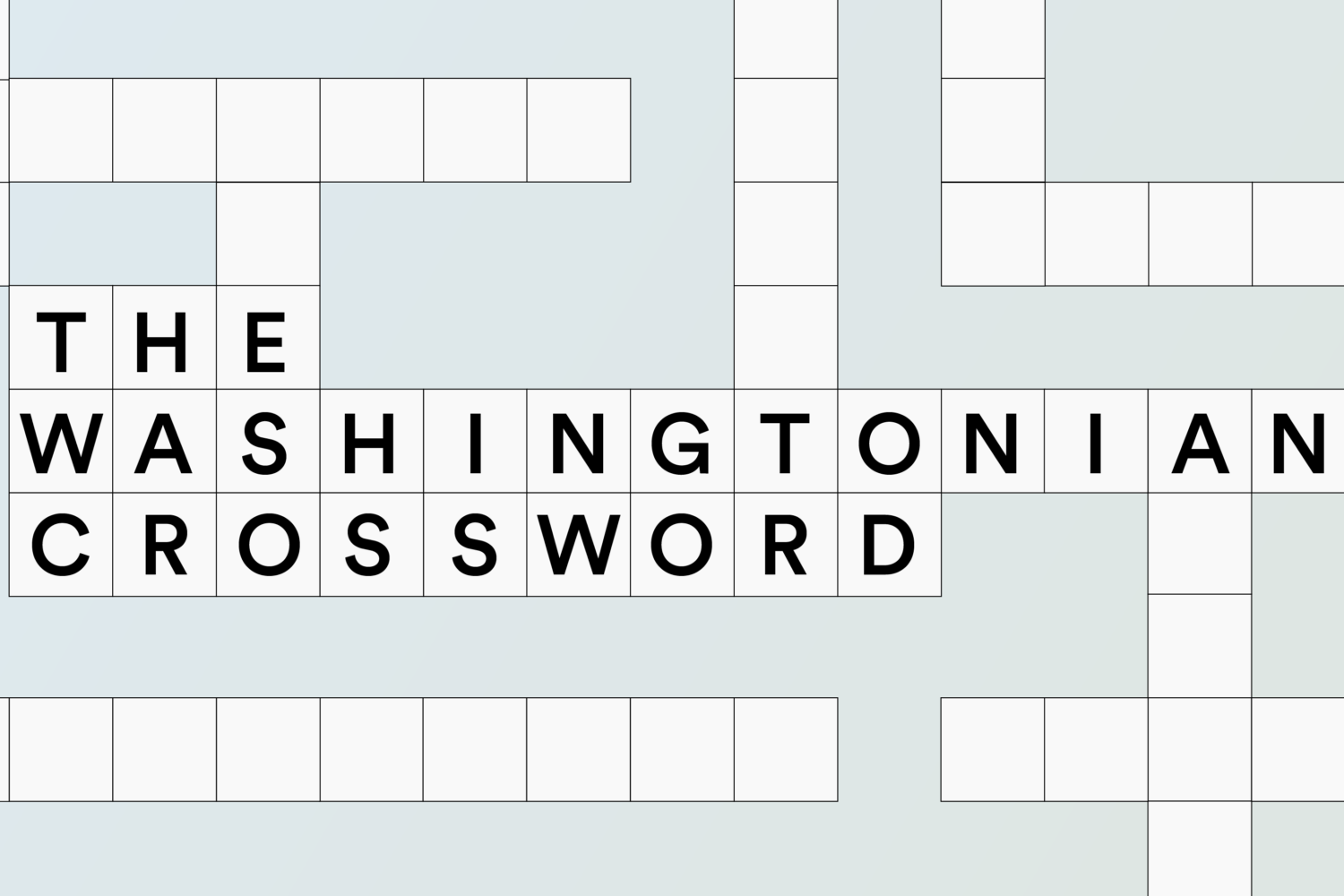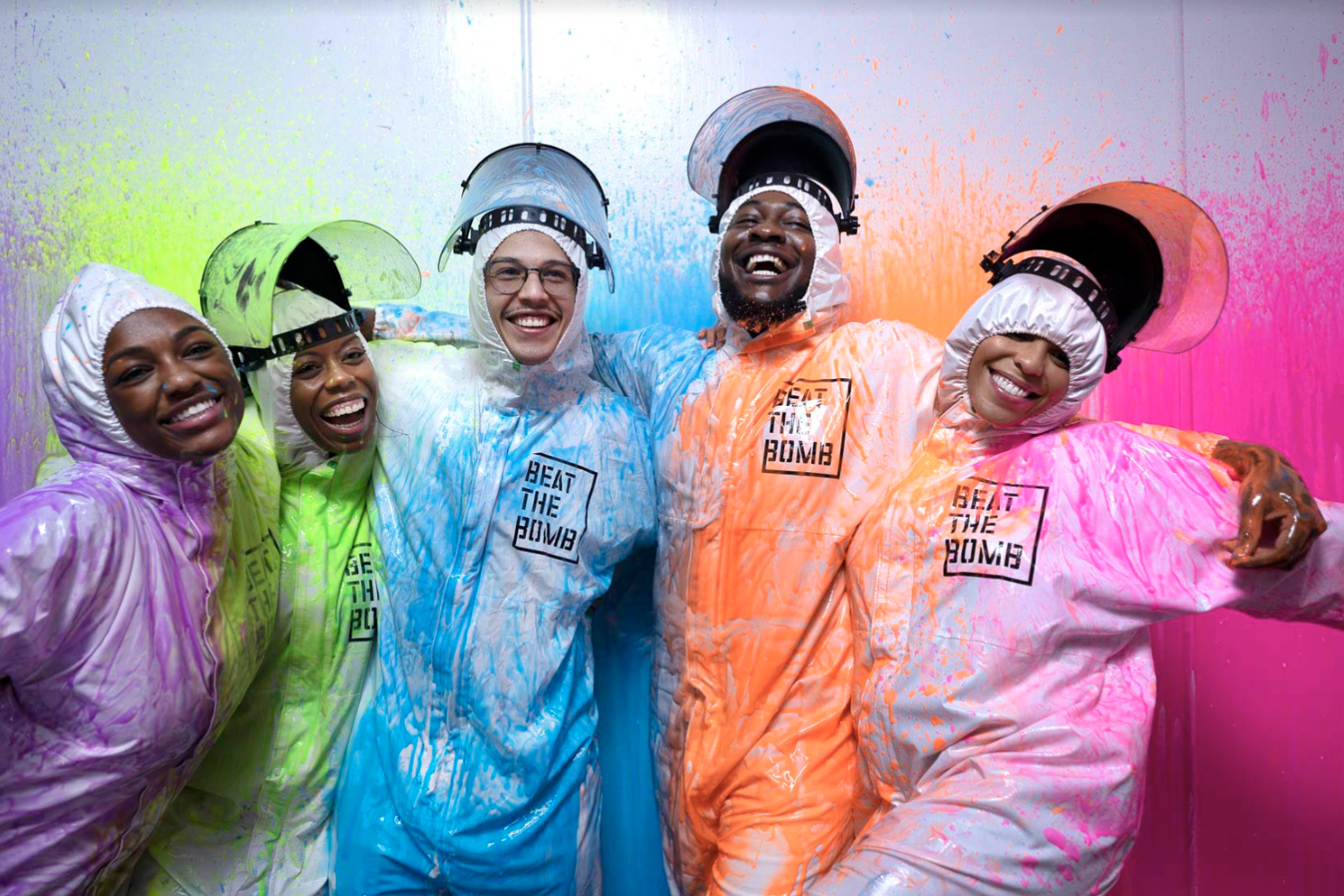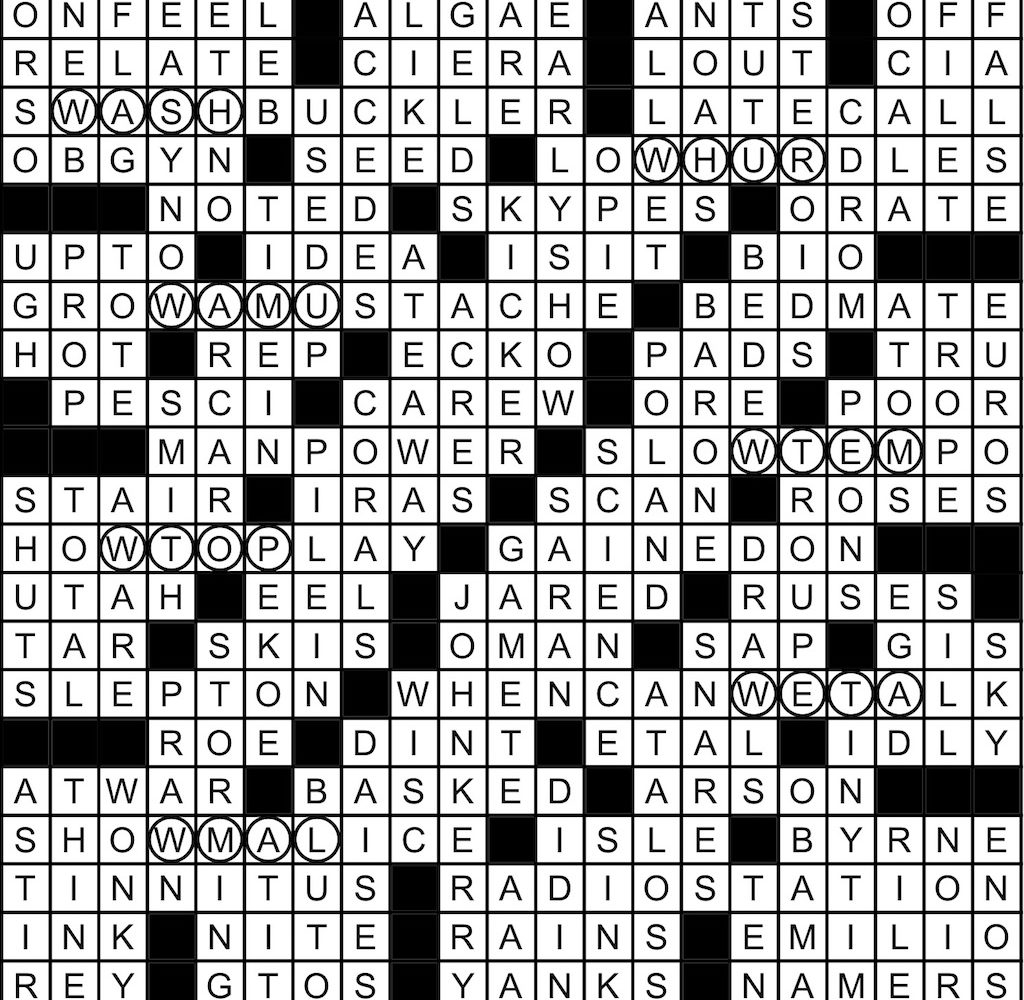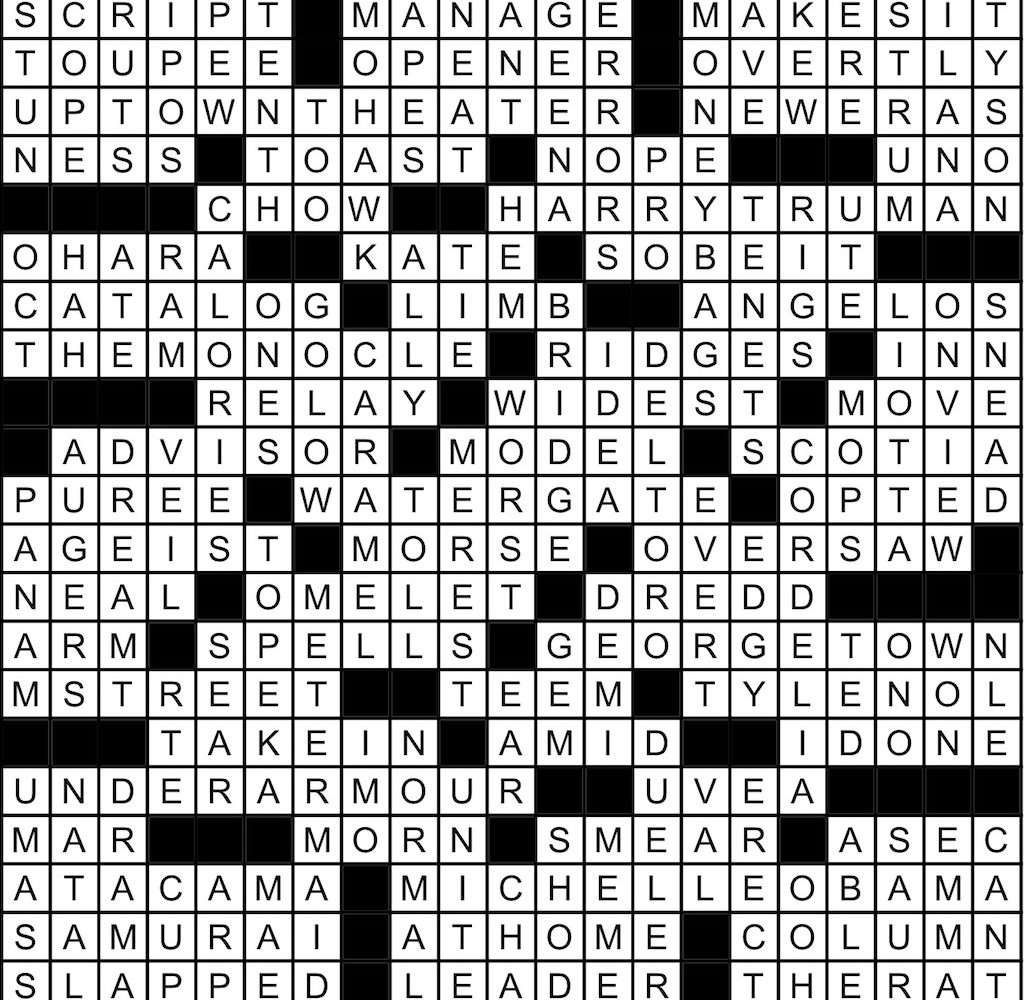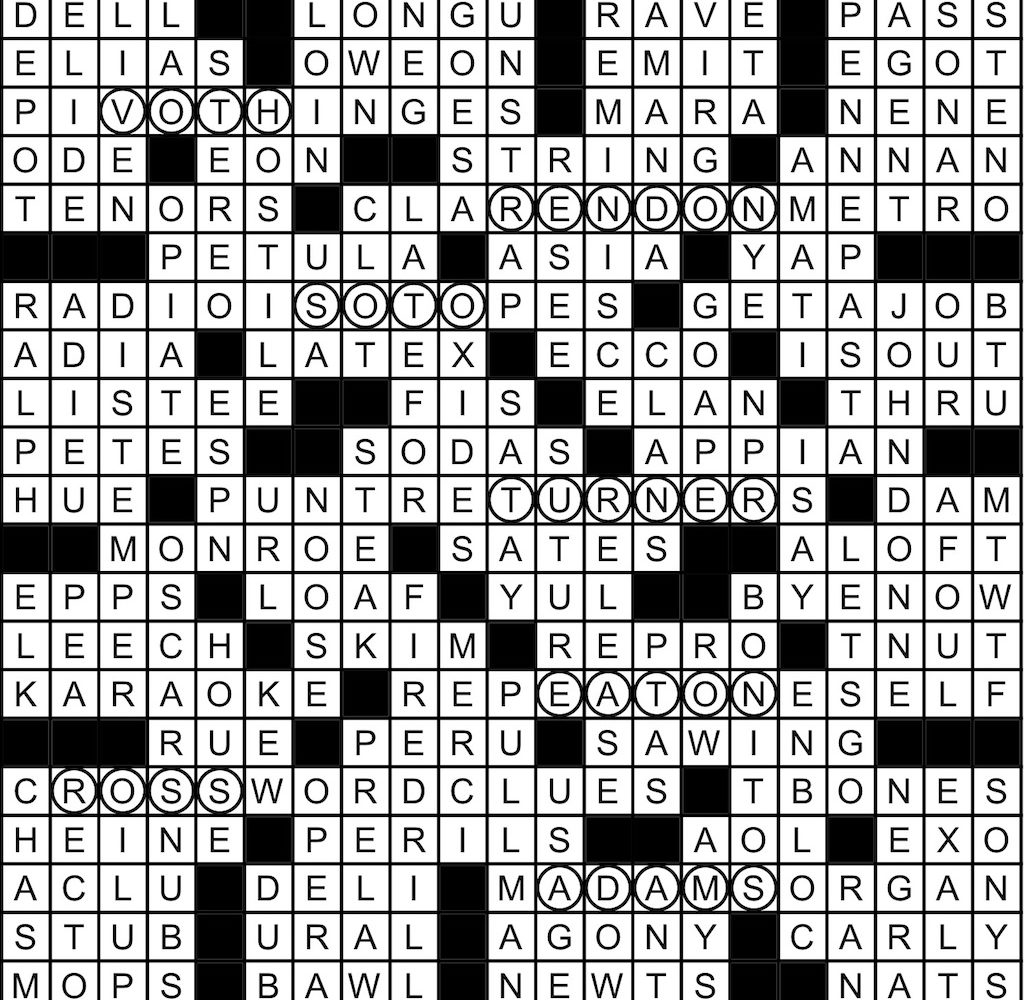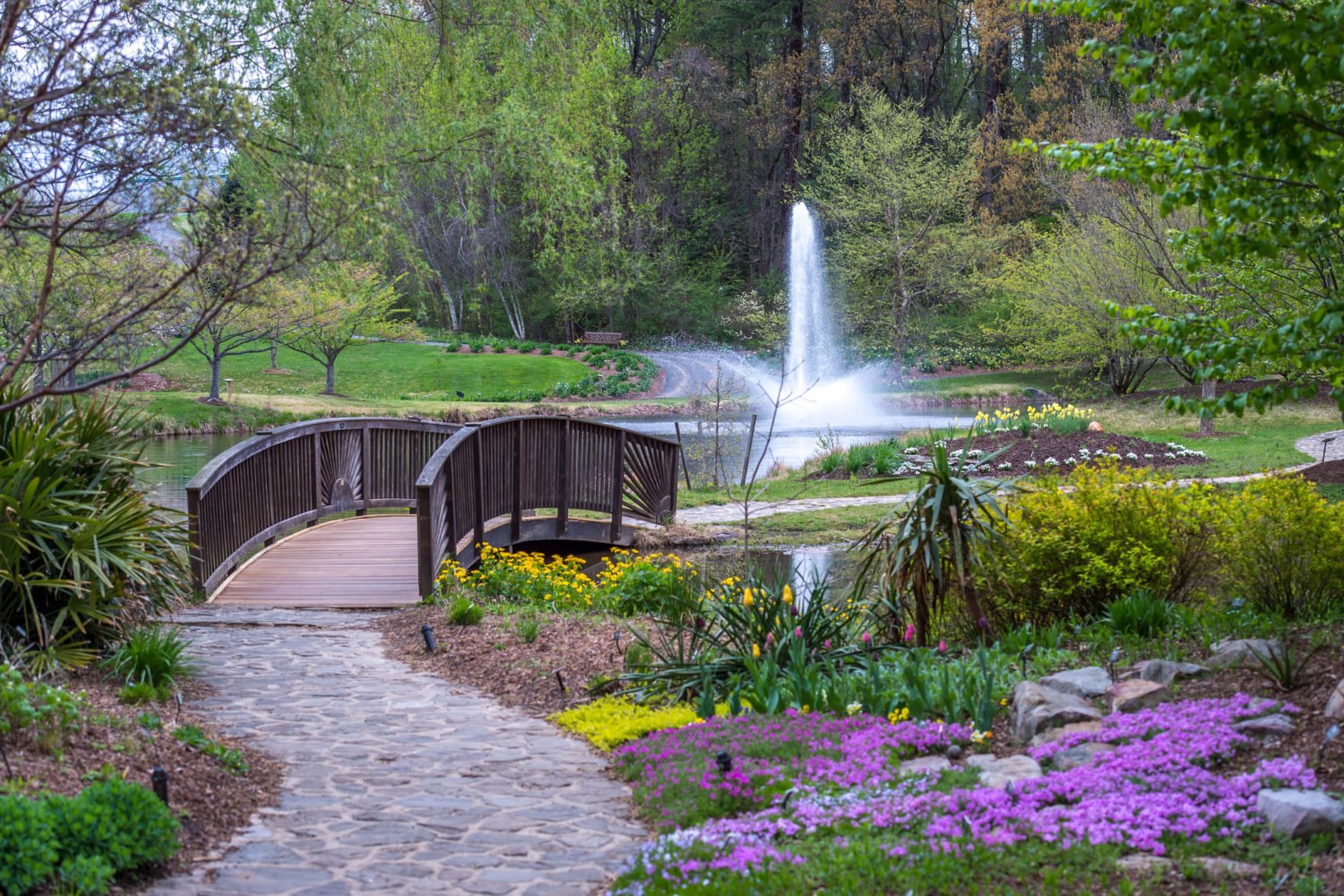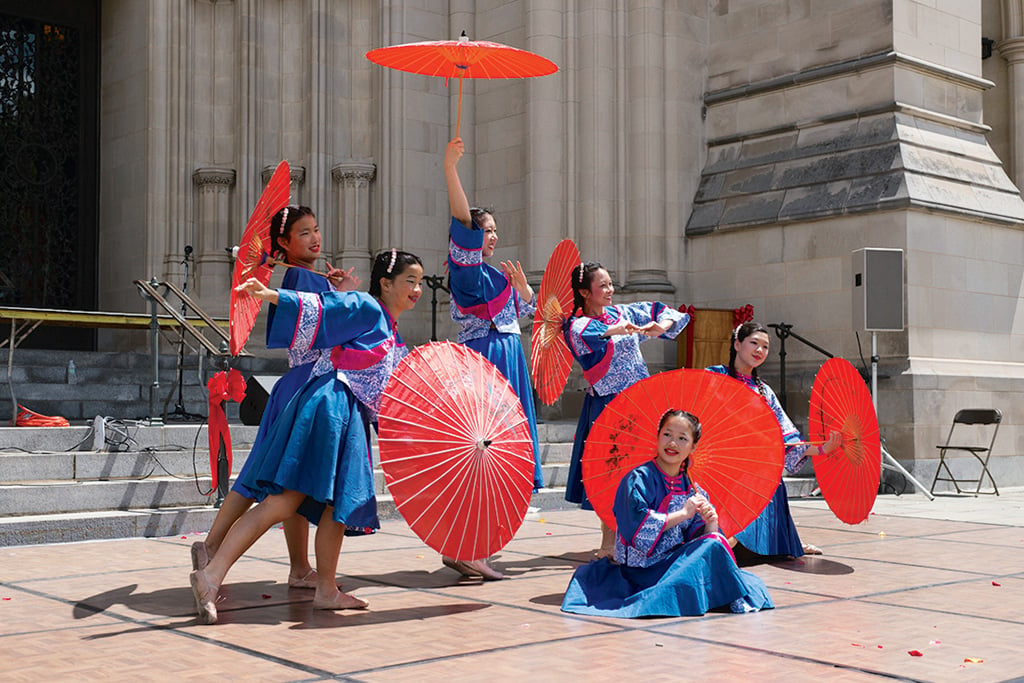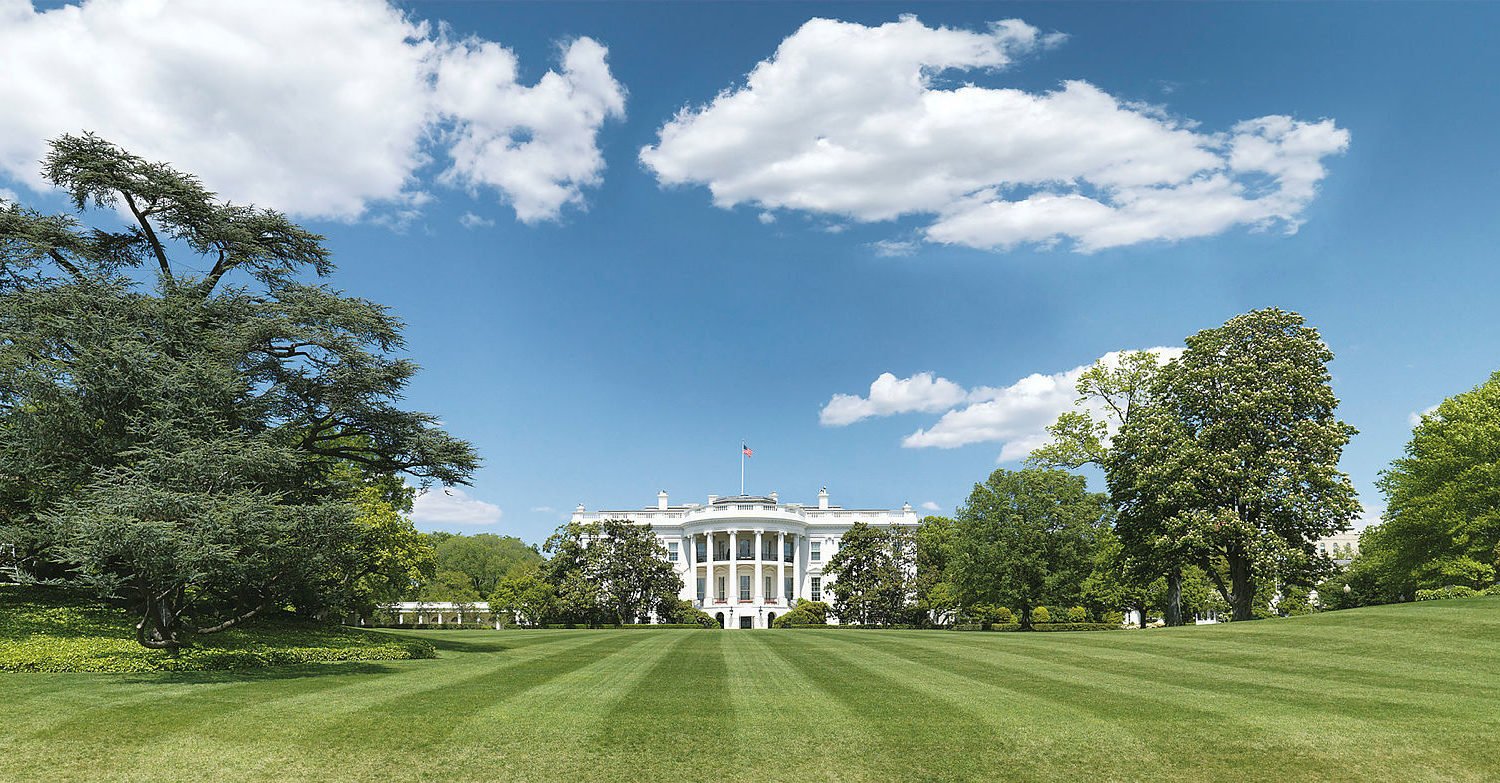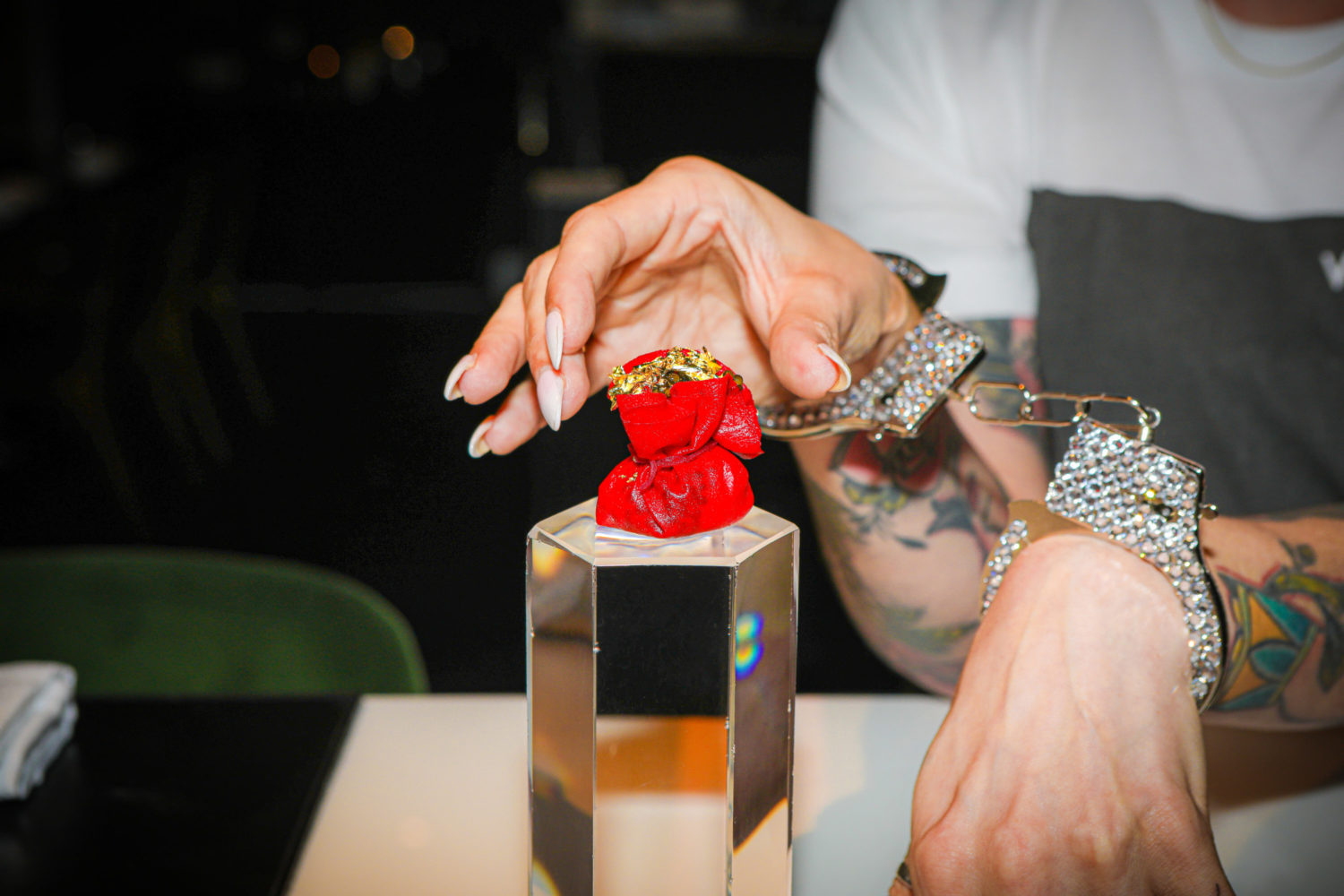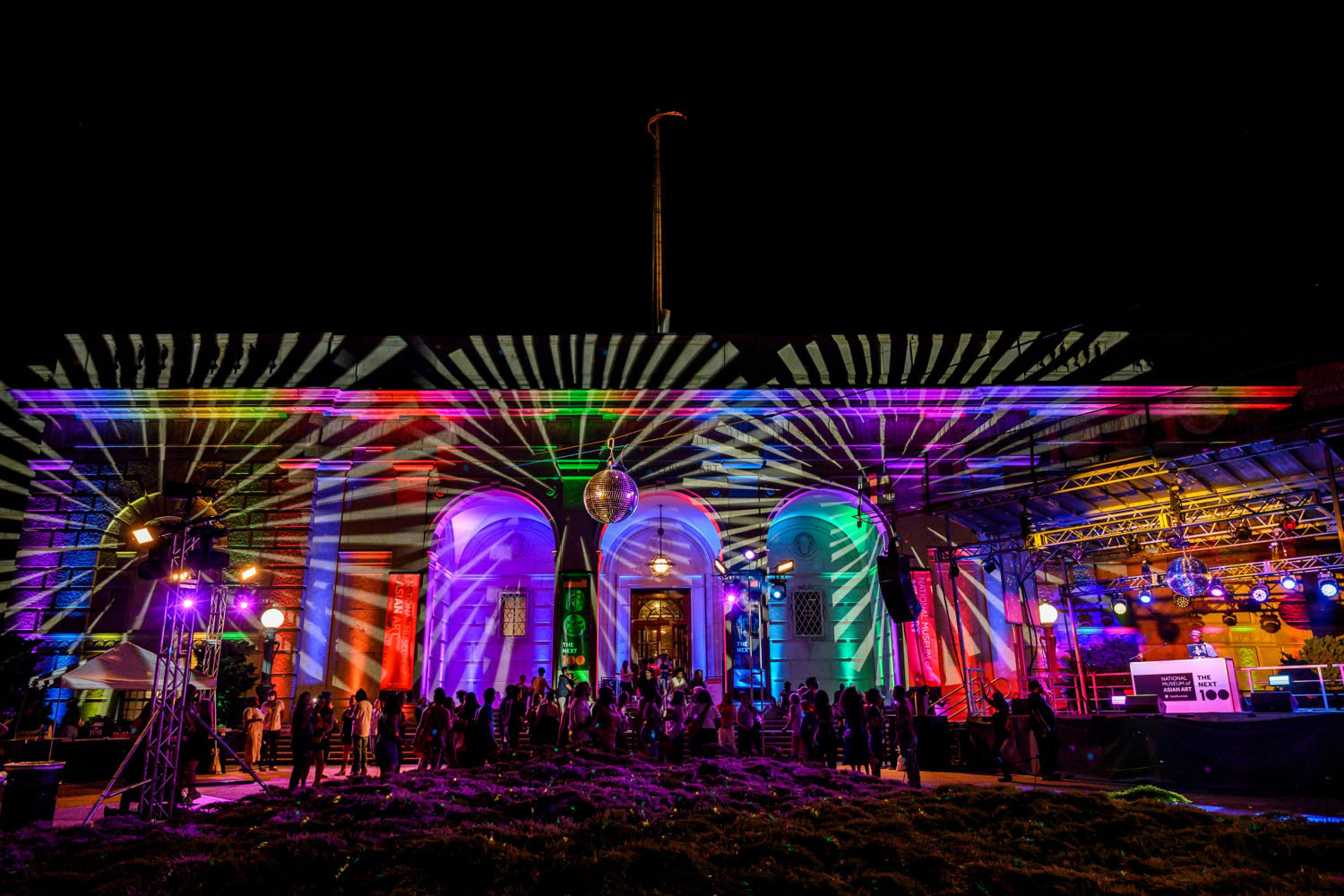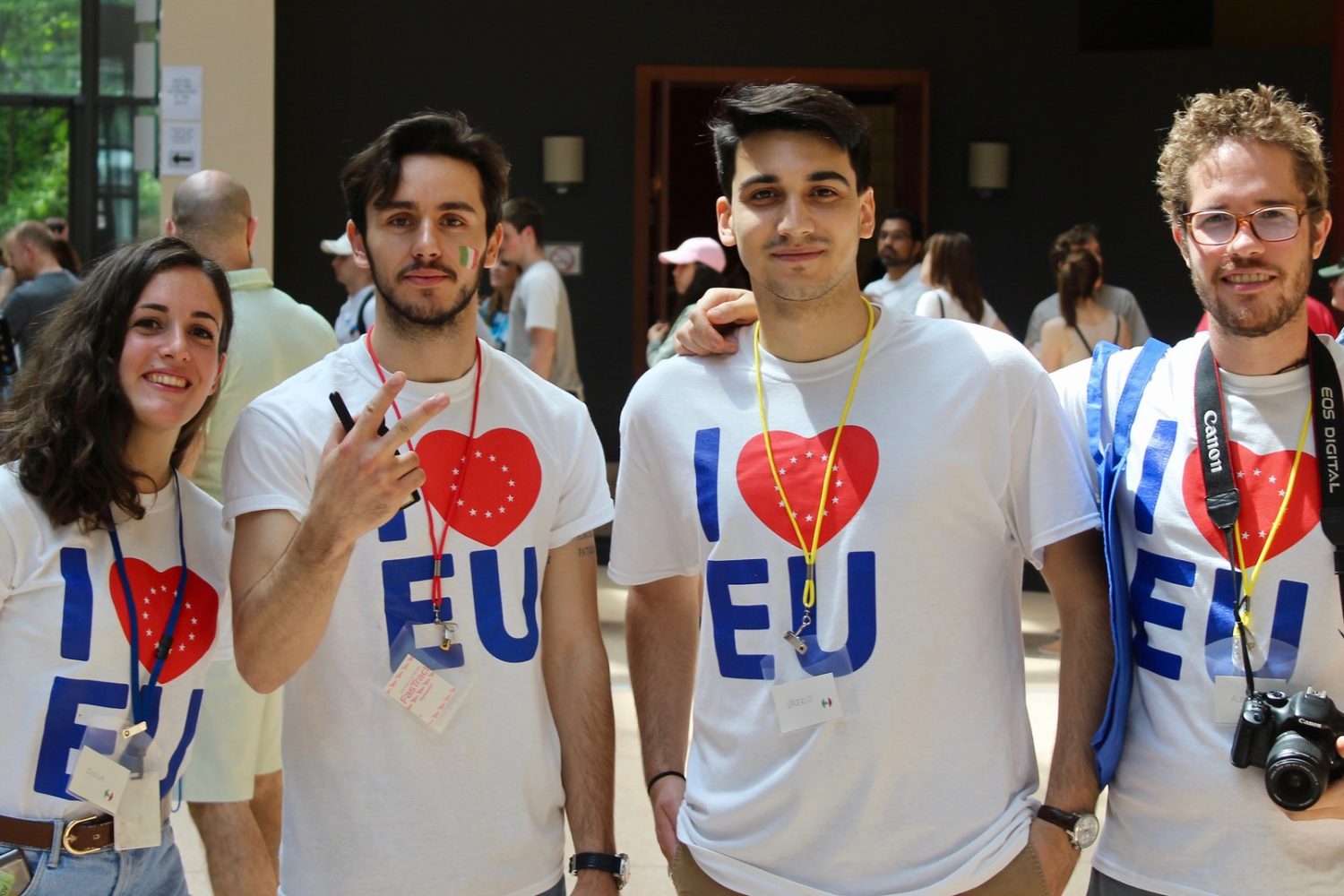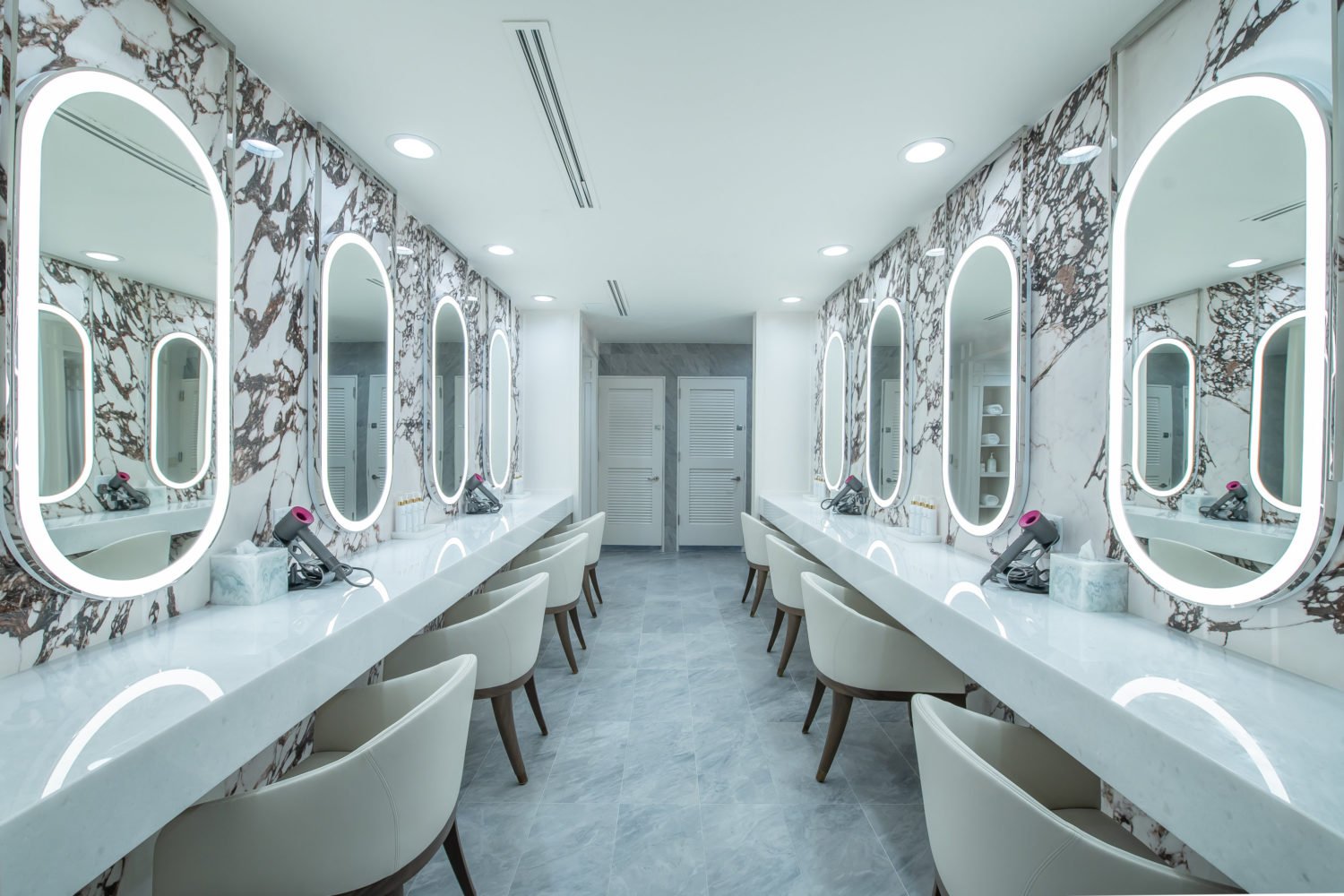The DC Cheer squad members shake their pompoms in support of the arts. Photograph by E. Brady Robinson.
In a world of slashed budgets and shrinking audiences, it seems arts institutions could use a little cheerleading these days. Thankfully there’s DC Cheer, an amateur cheerleading squad that seeks to enliven the local arts scene. Their brightly colored pompoms and Rockettes-inspired high kicks can now be found in and around art exhibitions and galleries in the Washington area.
DC Cheer is “based on the idea of giving a voice to the DC art community, which has been thriving but remains in the shadow of DC’s larger official presence,” says Kristina Bilonick, a native Washingtonian visual artist. As the former program director for the Washington Project for the Arts, Bilonick spent most of her time promoting DC artists through shows and events, and it became her favorite part of the job. Literally cheerleading for the cause just seemed like an extension of that.
Having long harbored the idea, she finally formed DC Cheer in September of last year for the (e)merge Art Fair, which showcased experimental artists’ performances and installations. Part performance art and part whimsy, DC Cheer encourages not only the arts but also the artists, who, Bilonick says, often appreciate the morale boost and bonhomie amid DC’s fiercely competitive art community. “Artists forming pyramids or doing group motions is an exact metaphor for the way artists in DC should be supporting each other,” she says.
Composed of artists and art enthusiasts of both genders, with little, if any, cheerleading experience, the squad performs simple routines cobbled together from a variety of cheerleading videos found on Youtube. But what the squad members lack in technical prowess, they more than make up for in heart. Roving through the crowds at exhibitions, they chant rhyming praises for the art community, even including the arts organizations and gallery owners who are essential for their support but often go unnoticed.
The cheerleaders’ occasional fumbles and absurd routines lend them a comic charm, inviting onlookers to join in the revelry. “It has a real Glee factor to it,” says Bilonick, who is pleasantly surprised by the growing popularity of the endeavor. A steady stream of enquiries and opportunities followed DC Cheer’s debut performance, and the squad has since evolved into a lighthearted platform for artists to come together and collaborate.
Bilonick has primarily relied on word of mouth to gather a fluid list of members for her squad, which varies with each performance based on availability. While membership has always been open to the public, she hopes to cast a wider net by hosting a cheerleading workshop February 11 at the Arlington Arts Center in conjunction with the venue’s “She Got Game” exhibition. From 1:30 to 3 PM, she’ll give 15 participants a crash course on past cheers and will teach a new choreographed routine to be performed for visitors at the exhibition. Shoot her an e-mail to register.
DC Cheer squad members must have an enthusiasm for the arts, preferably coupled with a strong love for DC. Bilonick eventually hopes to expand the squad’s purpose to include cheering for what she truly believes to be the best place in the world.
In an effort to maximize DC Cheer’s impact, she also envisions a more renegade approach to cheerleading, where the squad might pop up unexpectedly in places, cheer, and then leave as quickly as they arrived. “The idea isn’t to steal the spotlight,” she says—just to spread some love.
To find out more about DC Cheer, visit the project’s website.

